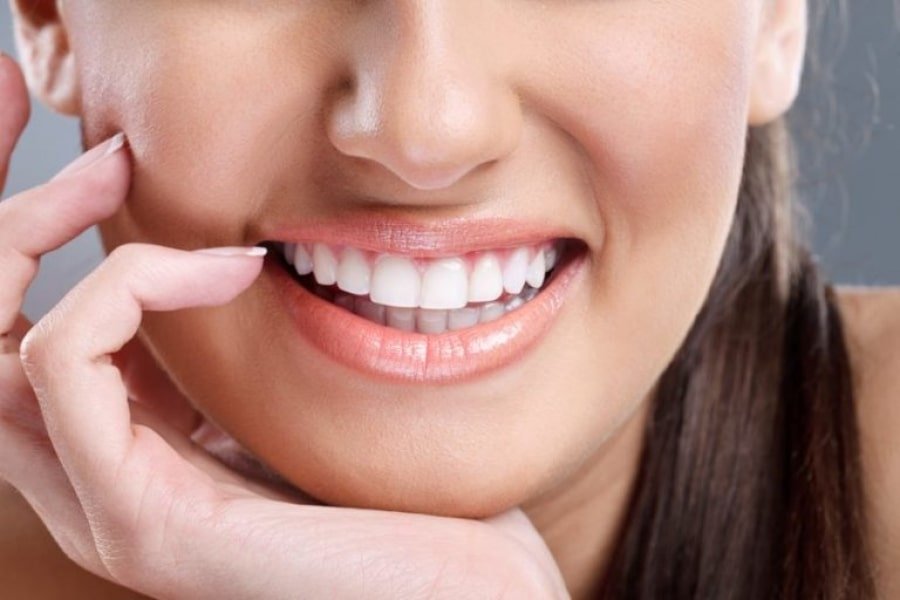What is Teeth Whitening and to whom is it applied?
- Istanbul Dental Clinlc
- What is Teeth Whitening and to whom is it applied?

What is Teeth Whitening and to whom is it applied?
It is a bleaching process using hydrogen peroxide or its derivatives.
The substances used release oxygen (0). With the separation of oxygen, the colour of the tooth is lightened. This process allows people with yellow, brown or grey teeth to have whiter teeth. Bleaching should be applied to patients with healthy teeth and gums with good oral hygiene. There is no rule that teeth whitening systems, which are a cosmetic product, are suitable for every patient.
Today, there are many types of teeth whitening methods, including the types that patients can apply themselves or the types applied to patients by the physician. The dentist should always decide which type of teeth whitening method is suitable for the patient.
Whitening Toothpastes
They provide the removal of stains on the teeth thanks to the abrasive substances in them. Since these pastes do not contain hydrogen peroxide, which is a whitening agent, they do not penetrate into the deep layers of the teeth and can only remove superficial stains. These whitening toothpastes can lighten the colour of the tooth up to 1 shade. However, in the office-type whitening technique applied by the dentist, the colour of the tooth can be whitened up to 8 tones.
Whitening gels and strips
Whitening gels are peroxide-based transparent gels that are applied to the surface of the teeth by the patient with the help of small brushes. They are usually applied 2 times a day for 14 days. Whitening strips are invisible transparent strips coated with peroxide-based gel and are applied by the patient by sticking them on the teeth. In both types of whitening systems, instant whitening results are obtained in the first few days and final whitening results are obtained at the end of 4 months. However, since these methods are not performed under the control of a physician and the contents of the whitening agents used It is not recommended to patients because it is beyond the knowledge of the physician.
Home Type Teeth Whitening Systems
These are dentist-assisted whitening systems. The dentist prepares a personal mouth plate suitable for the patient on the model obtained from the impression taken from the patient. The patient applies the peroxide provided by the dentist into these plaques according to the percentage of peroxide provided by the dentist for a few hours a day for about 4 weeks. The duration of this application depends on the colour and intensity of the stains, the lightening tone of the teeth and the sensitivity that may occur in the teeth.
Office Type Whitening Systems
It is the fastest and most effective teeth whitening system. In this method, the whitening product is applied directly on the teeth. To protect the gums and soft tissues from the effect of the whitening agent, the dentist applies a protective gel or covers the gums with a rubber band. These products are used in combination with special types of light or laser. The result is achieved immediately after the first 30-60 minutes of application. If no heat or light is applied to the whitening agent, the whitening process can be repeated several times until the desired result is achieved. is applied.
What are the differences between home and office whitening systems?
Lower strength agents are used in home whitening products. These are gels containing carbamide peroxide with percentages ranging from 10% to 22%, which have almost the same potency as a gel with a hydrogen peroxide concentration of 3%. On the other hand, gels with hydrogen peroxide concentrations between 15% and 43% are applied in teeth whitening products professionally applied by the dentist in the office, which results in very quick and effective results in office-type whitening systems. In home whitening systems, personalised trays suitable for the patient are used for the application of gel in the whitening process. The patient applies the whitening gel into his mouth after putting it into this plate. Although there are personal trays, there is leakage from the edge of these trays to the gums and soft tissues, irritation and burning may occur here. However, in office-type applications, the dentist provides complete protection to the gums and soft tissues and this is a very important difference. There is a slight cost difference between the whitening methods applied by the patient and those applied in the office. However, in office whitening systems, optimum results are obtained in terms of the patient's health and whitening effect. The cause of the discolouration and darkening of the teeth must be known, and depending on this, it must be decided whether the patient is suitable for teeth whitening, and if so, the appropriate whitening system and material must be selected and provided by the dentist. In physician-assisted whitening systems, the patient and the physician must be in contact. The dentist should check the stabilisation of the suitability of the plate to the patient's mouth.
What should be considered after the bleaching procedure?
Excessive cold or heat should be avoided for the first few days. After the procedure, each patient has a diet list to follow. All kinds of colouring foods or drinks are prohibited. Especially the first 3 days are very sensitive, but ideally 7-10 days should be observed. Products containing dark colours such as cigarettes, tea, coffee, chocolate, red wine, cherry, caramel, tomato paste should not be used for 1 week after the procedure. Otherwise, the whiteness obtained will return. Whitening
To whom are the procedures not applied?
Teeth whitening is not applied to patients under the age of 16. In patients of this age, the pulp chamber and the nerves of the tooth are at their largest size. If bleaching is applied, the pulp becomes irritated, excessive sensitivity occurs and results that reach canal treatment may occur. Bleaching should not be applied to pregnant women, patients with overly sensitive teeth and receding gums due to gum disease, and patients who are allergic to the bleaching agent peroxide.
Contact Us
You can contact us to get more detailed information about our treatments or you can send your questions to us via the contact form.
+38 220 334 087
City Kvart, Radoja Dakica Lamela 17/5 No:2 Podgorica Montenegro
Treatments
- Implant Treatment
- Personalized Implant
- Oral Diagnosis And Radiology
- T.M.J / Jaw Joint
- Cyst Operations (Surgery)
- Tooth Extraction
- Wisdom Teeth Extraction
- Smile Design
- Aesthetic Fillings (Composite)
- Laminate Veneers
- Zirconium Crowns
- Prosthetic Dentistry
- Orthodontics / Braces Treatment
- Teeth Whitening (Bleaching)
- Root Canal Treatment / Endodontics
- Gum Treatment (Periodontology)
- Pediatric Dentistry (Pedodontics)
- Orthodontics / Braces Treatment
- Prosthetic Dentistry
 English
English Türkçe
Türkçe